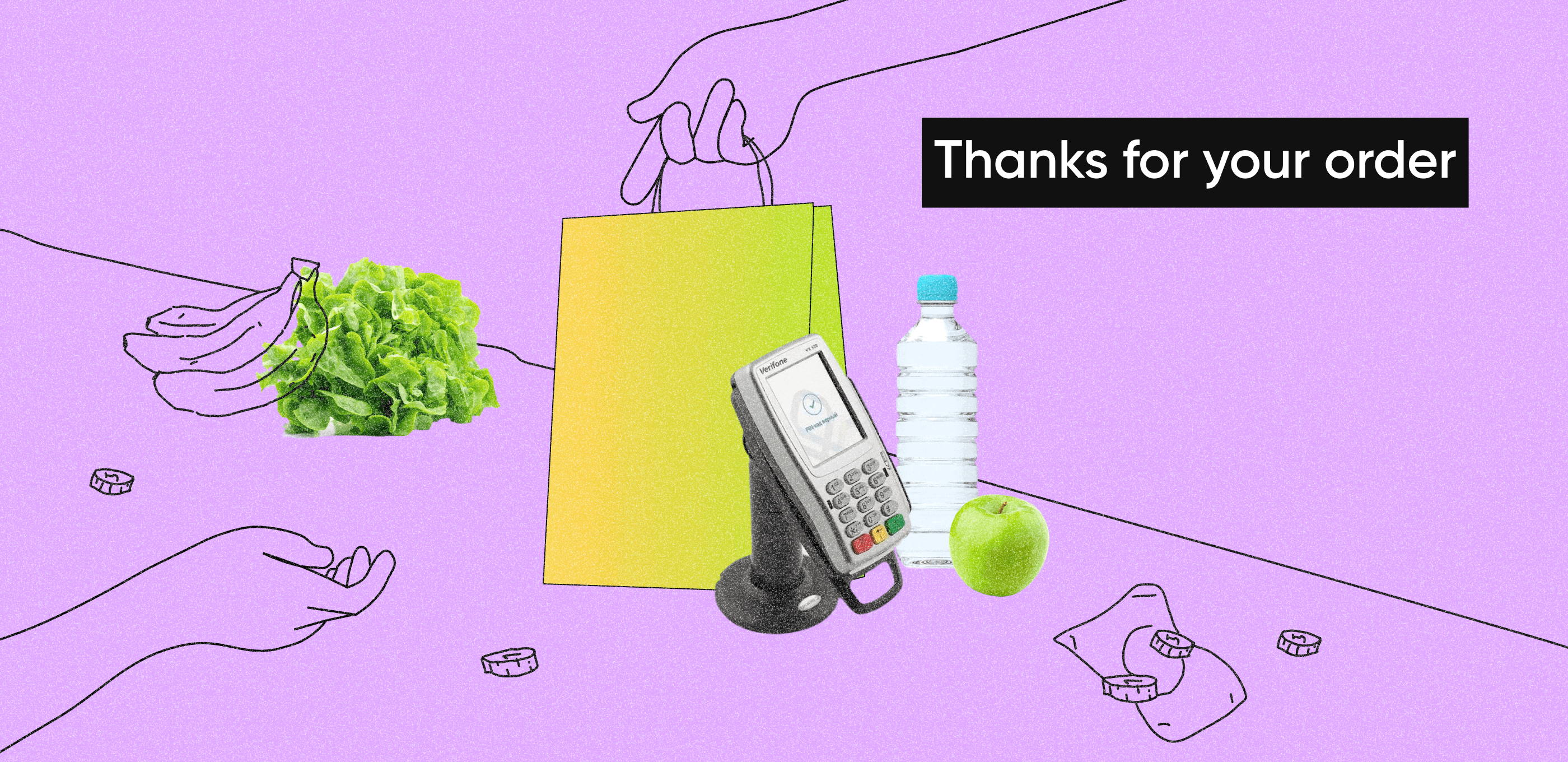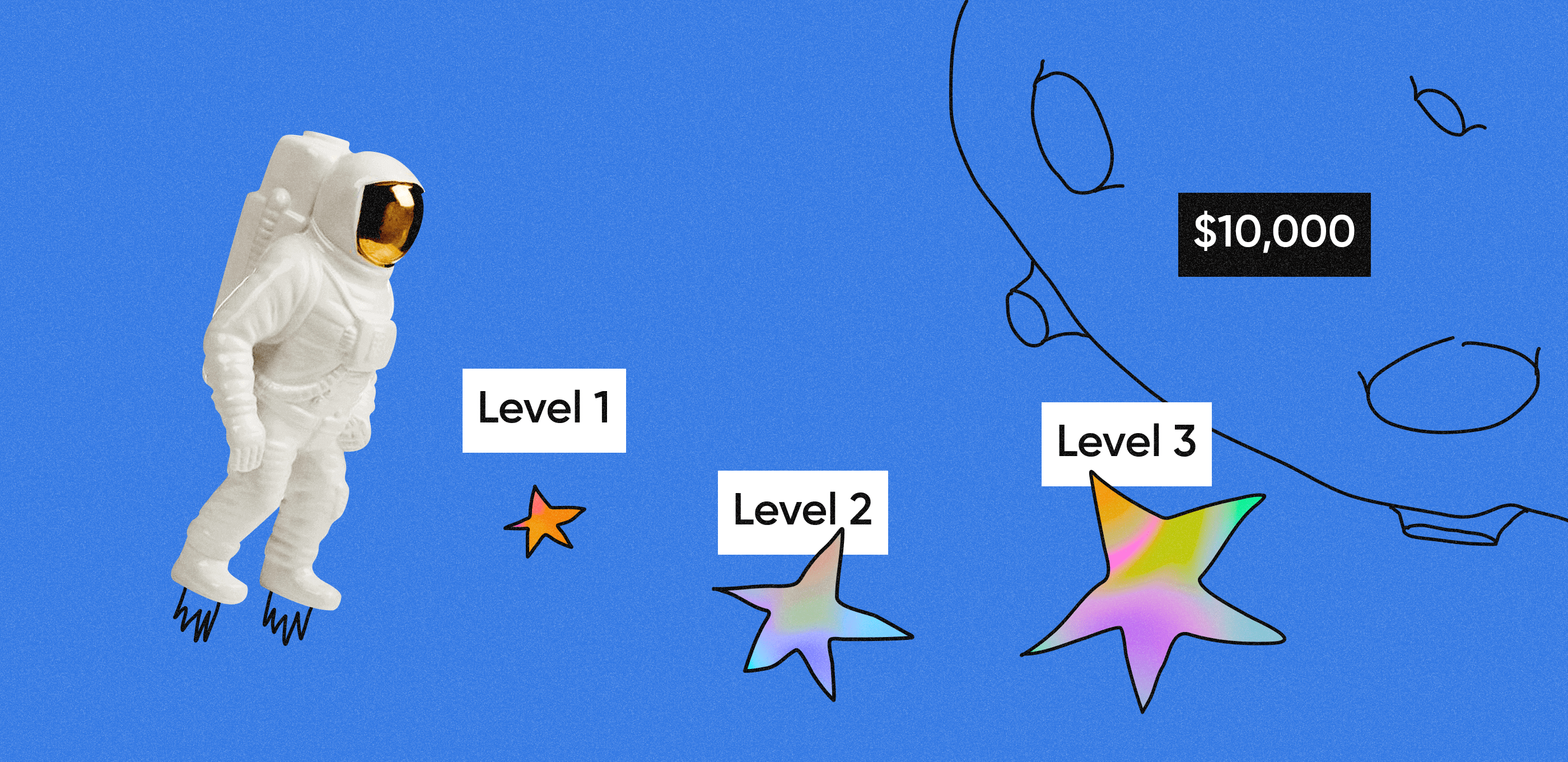For example, native and cross-platform development are different approaches to creating mobile apps for startups. Native software development concentrates exclusively on one platform, be it Android or iPhone eCommerce app. The cross-platform approach allows you to work on a reusable code base that can be applied to quickly create two mobile apps for each platform. An experienced team will help you to assess the pros and cons of each approach, brainstorm features, and develop the app you need from scratch.
In this post, we will tell you how to develop a mobile e-commerce app for Android. We will guide you through the whole process step by step so that you knew what to expect from a collaboration with a mobile app development firm.
What is React Native?
React Native is an open-source mobile application framework created by Facebook. RN is used to develop applications for different operating systems: Android, Android TV, iOS, Windows. The main benefit of this framework is that it is easy to scale the app to other platforms without huge investments of time and money. The apps written in RN feel like native apps because of their functionality but can be easily brought to other platforms.
Why choose React Native for Android eCommerce apps?
You don’t have to be tech-savvy to be able to enjoy the benefits of RN for eCommerce app development.
- Optimal performance
Everybody loves apps that work smoothly. React Native helps you with that. It creates a native-like performance and acts like it was written on Java or Swift. Developers can use all the functionality of native development to provide you with an awesome app that, however, can be used at both platforms at once. Moreover, React Native applications have a fast download speed and are not prone to bugs.
- Reduced costs
With RN, your team develops a reusable codebase. Small modifications are needed (10-40%) to transition from one OS to another. This results in reduced costs compared to native development. You don’t have to hire two separate native development teams, which saves your budget.
- Quick delivery
React Native has awesome component libraries with comprehensive documentation. The most popular ones are NativeBase, React Native Elements, and React Native Starter Kit. Having comprehensive libraries at hand, developers can create your app faster. Moreover, cross-platform development by itself allows to reduce the delivery time by 30-35%.
- Easy maintenance
Making an app doesn’t end with delivery of the product. You also have to test it before launching and monitor its performance afterwards. This is a never-ending process of improving the quality of your product. WIth cross-platform development on React Native, there won’t be any need to fix bugs on two separate app versions. Moreover, RN makes it easier to update the components with a useful Over-the-Air update feature.
The changes are directly processed on the users’ devices, without having to update them in the store.
- Active community
This framework is modern technology, therefore, it is actively used and improved. There are more than 10000 active repositories on GitHub, and this framework is at the second place in the top of most popular. Developing an app in RN you don’t have to worry that the technology will be outdated in a couple of years. React Native is nominated as the top framework for cross-platform development in 2021, so it will be easy for you to find a good team.
Building an app for eCommerce step-by-step
As Statista points out, eCommerce platforms grow in number all over the world and will continue to develop in 2021. The major income these platforms receive from mobile users. Therefore, building an eCommerce app for Android is one of the most promising business models for the next year.
1. Define your niche and audience
ECommerce platforms today are innumerable. People want to shop without leaving their houses, especially, during the pandemic. So the demand is there. However, if you want to stand out among the competitors, know your market and target audience well. What are you going to sell? Who are you going to sell it to? Why should people choose you?
According to eCommerce portal ECommerce portal, the fastest growing eCommerce market is China. ECommerce is a highly developed industry there and ships orders not only inside the Asian region but all over the world. Asian market is followed by the USA and Western Europe.
If you decide to enter one of these competitive markets, be sure to offer something fresh. You can also go in a different direction ― enter less oversaturated markets and strive for leader position. Each approach has its benefits and risks, and a lot depends on what you offer.
2. Choose the right platform
Regardless of whether you choose a competitive or a pioneer approach, it is great user experience that will help you succeed. The UI/UX of your app should be impeccable so that customers keep coming back again and again.
To achieve that result, it is important to choose the right platform. It is recommended to develop for Android first because the majority of people in the world (more than 80% of all users and growing) use this OS. However, if you go with cross platform development and RN you don’t have to be torn among two alternatives ― the code that your team wrote for Android will allow you, with small modifications, to develop an iOS app in the future quickly and easily.
3. Plan the features
Every eCommerce app needs to have these features:
- Product gallery. Many eCommerce apps allow visitors toview the assortment even if they aren’t registered, and rightly so. First, you need to attract the users with interesting items, reasonably low prices, and special offers. Don’t make them create an account – motivate them to want to register.
- Shopping cart. Enable shopping cart even for unregistered users but allow saving and checkout only after users create a profile. This way you will be able to identify the user the next time they log in and offer them interesting items based on their search and purchase history.
- Easy registration and login. Don’t annoy people with a long registration process. Name and phone number or email are enough. Later on, you can ask the user to add the important information, for example, address but only when it is really necessary.
- Filtering and sorting. Your eCommerce platform will probably have hundreds and thousands of items. Help the user to find what they really need with advanced filtering and sorting features. Filtering allows the user to arrange the items according to their criteria. Sorting organized data in a particular order, for example, from smaller to larger price.
- Wishlists/Favorites. Sometimes, especially, with large and expensive things, the user is not ready to make a purchase right now. Another important function of wishlists is that many users apply wishlists to share their perfect gift ideas with others. Allow your users to create lists of products that they like – they might use them as future references. NN Group found out an important function of wishlists; they serve as external memory. It is hard enough to find an item they want once, don’t make them do it again.
- Secure in-app payments. If you fail to provide absolute security of payments, the reputation of your brand will be spoilt forever. Remember Facebook, even this giant suffered consequences after multiple news of them leaking user data. Add additional two-factor authentication and make sure they are PCI compliant.
- Shipping status check screen. Delivery can take a long time or get lost along the way. To prevent customer dissatisfaction and track down delivery problems in early stages, introduce shipping status check screen. It shows at which stage the order is (‘Packed’, ‘Ready for Shipping’, ‘On Its Way’ etc.). If the order is delivered via regular mail, provide an individual code that a customer can use to track down the order.
- Integration with social media. For sharing wishlists and showing off purchases add integration with social media. It makes your app more engaging and serves as free marketing for you. People love to share with their friends and family information about useful things, such as reliable online stores. Moreover, integration with social media allows you to access more information about your users and invent special offers they can share with their friends.
4. Decide on UI/UX
We have already touched upon UI/UX when assessed pros and cons of cross platform vs native development. However, there is more to user experience than just choosing a platform. You need to think through the user journey in the app so that they would find it intuitive and easy to use. This is an imaginary path that simulates how the user will explore your app. Ideally, it should naturally lead the user to placing an order and becoming a customer.
Another important tool to create a stunning app are user personas. These are representations of a perfect customer belonging to your target audience. In other words, someone who you are trying to make happy. It is much easier to give people what they want when you have a clear idea in mind about their needs and desires.
Interface plays an important role in creating the overall experience. Before you come to the meeting with designers, try to come up with some references, i.e. examples of the apps that you like. This helps your team to understand your expectations from the visual side of the product. However, personal tastes should not be the main factor behind UI choices. There are business goals, niche standards and trends that in a lot of ways define how your app will look like. For example, if you like black it doesn’t mean that the interface of your good for children online store should also be black – it might surprise your customers.
5. Find the right team
Not every team that does React Native development is a good team; there is no need for us to tell you that. But we want to give you a couple of tips that you can use when choosing a developer:
- Recommendations. Personal recommendations are always better so ask your partners or colleagues about the software development firms they can recommend. You can also use online aggregators of B2B companies such as Clutch that post information about the top developers in various fields. There you will find the feedback of ex-clients that will help you to find a good team.
- Experience. 10 years are not always better than 5 years but search for a team with at least 3 years of experience on the market. That means they have already completed a couple of projects and have communication and development processes on point. They have already faced common problems and elaborated on the solutions.
- Focus. People who try to do everything at once are usually good at nothing. The same is true about teams. Search for a team that focuses on cross-platform mobile development and has completed eCommerce projects in the past.
It is up to you whether to follow these recommendations or not. However, we guarantee that if you are careful enough to check the teams’ review and portfolio, you won’t be disappointed.
6. Test the app
Testing before launching is one of the best practices of programming that shouldn’t be dismissed. Bugs happen ― not because your team is bad but because it’s a natural part of the development process. Now it is the time of quality assurance engineers to check that everything works according to your requirements. Moreover, some of the bugs can only be tracked during runtime. You don’t want you users to face a black screen, do you?
7. Launch the app
After all the problems have been fixed, it is time to publish the app in the store. However, before you do that, it is important to pay attention to marketing: juicy descriptions and screenshots are necessary to attract potential users. In 2020, there were almost 3 million apps in Google Play store. How are you going to outwit your competitors? You may also think about how you are going to advertise your product. The most outstanding product will pass unnoticed without proper marketing. Perhaps, you have an in-house marketing team that can help you. If not, consult with the development company. The majority of them have marketing departments and will be glad to help.
Conclusion
ECommerce is a competitive field where speed is everything. React Native allows you to develop an Android marketplace app developing faster without compromising on quality. It also facilitates the development of an iOS app due to a shared codebase. With the right team who knows everything about cross-platform development, you will develop an Android app that will have a native touch but will be easy to migrate to any operating system you want.















